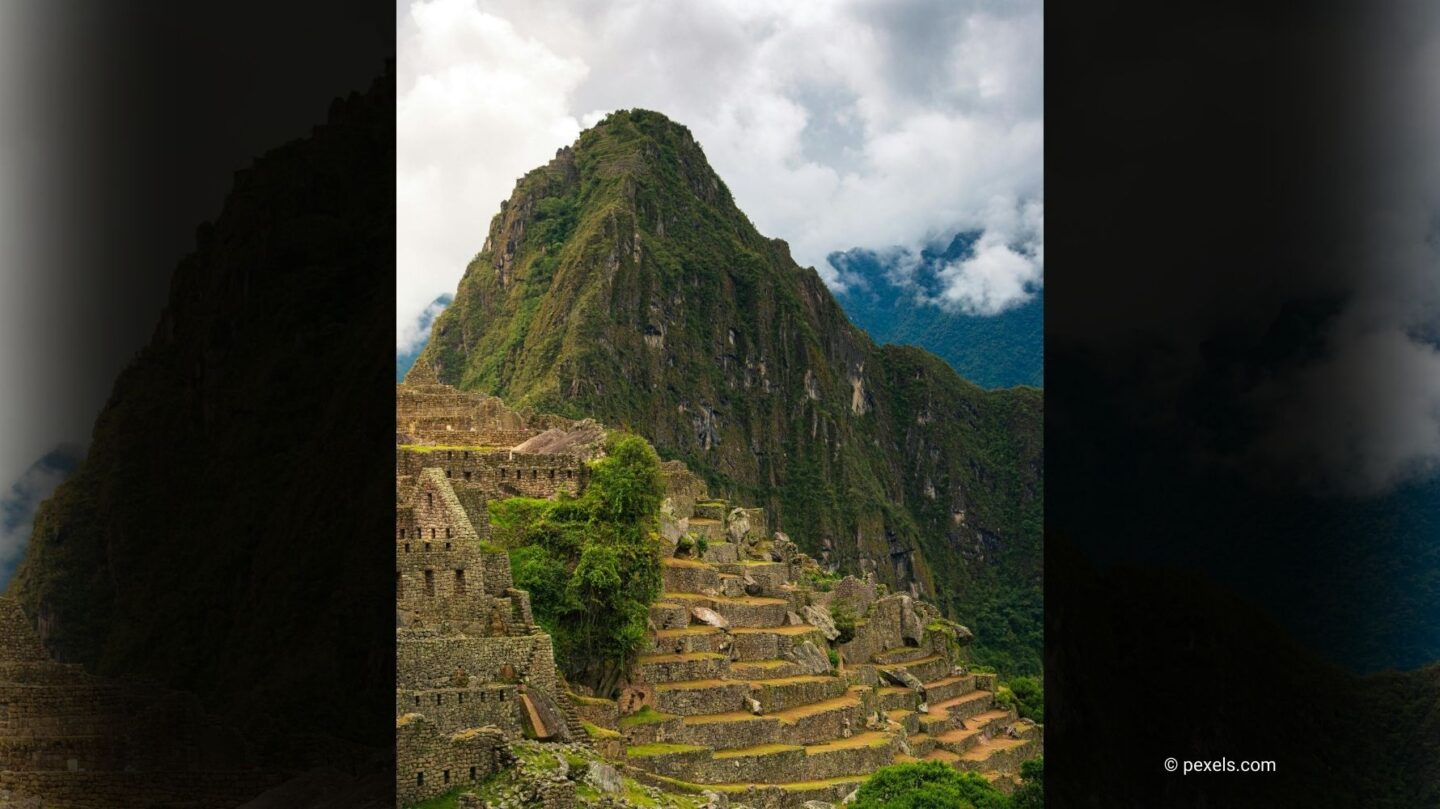The Discovery of a Forgotten Wonder
Nestled high in the Andes Mountains of Peru, Machu Picchu is one of the most remarkable archaeological sites in the world. Often referred to as the “Lost City of the Incas,” it was virtually unknown to the outside world until 1911, when American explorer Hiram Bingham stumbled upon it during an expedition.
Although the locals had known of Machu Picchu’s existence, it had been abandoned for centuries, hidden beneath dense vegetation. Bingham’s discovery brought international attention to this architectural marvel, sparking fascination with the ingenuity and mystery of the Inca civilization.
A Masterpiece of Inca Engineering
Built in the 15th century under the reign of Emperor Pachacuti, Machu Picchu showcases the Inca’s mastery of engineering and architecture. The city was constructed using finely cut stones fitted together without mortar, a technique known as ashlar. This method not only provided stability but also made the structures remarkably resistant to earthquakes, a common occurrence in the Andes.
Machu Picchu’s location, perched nearly 2,400 meters (7,900 feet) above sea level, reflects the Inca’s deep understanding of their environment. The city’s terraces, which were used for agriculture, also acted as a sophisticated drainage system, preventing erosion and landslides. Its design harmonizes seamlessly with the surrounding mountains, showcasing the Incas’ ability to blend human ingenuity with nature.
Purpose of Machu Picchu: A Royal Estate or Sacred Site?
The true purpose of Machu Picchu remains a subject of debate among historians and archaeologists. Some believe it was a royal estate for Emperor Pachacuti, offering a retreat from the political and administrative center of Cusco. Its luxurious design and isolated location suggest it may have been a place of leisure and spiritual reflection for the Inca elite.
Others argue that Machu Picchu was primarily a religious site. The city is filled with sacred structures, including the Intihuatana stone, a ritualistic sundial thought to have been used to track the sun’s movements. This aligns with the Incas’ deep reverence for the sun god Inti, a central figure in their religion.
Whatever its purpose, Machu Picchu was abandoned in the 16th century, likely due to the Spanish conquest. Fortunately, its remote location spared it from plundering, preserving its intricate structures for future generations.
The Mystery of the Inca Trail
Reaching Machu Picchu today often involves trekking the famous Inca Trail, a network of ancient pathways that connected various parts of the Inca Empire. The trail itself is a marvel, winding through stunning landscapes, steep mountain passes, and dense cloud forests.
The purpose of these trails extends beyond practical transportation. Archaeologists believe they were designed as a pilgrimage route, with the journey to Machu Picchu serving as a spiritual experience. Along the way, travelers encounter other significant sites, further emphasizing the cultural and religious importance of the region.
A Legacy Preserved
In 1983, Machu Picchu was designated a UNESCO World Heritage Site, recognizing its cultural and historical significance. It has since become one of the most visited tourist destinations in the world, attracting millions of people each year.
However, this influx of visitors has raised concerns about the preservation of the site. Efforts have been made to protect Machu Picchu, including limiting daily tourist numbers and implementing sustainable tourism practices.
A Window into the Inca World
Machu Picchu remains a symbol of the Inca Empire’s ingenuity, spirituality, and connection to nature. Its secrets continue to captivate archaeologists and travelers alike, offering a glimpse into a civilization that thrived in harmony with its environment. As a hidden city above the clouds, Machu Picchu stands as a testament to human creativity and resilience, inspiring awe and reverence for centuries to come.
